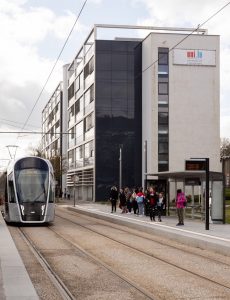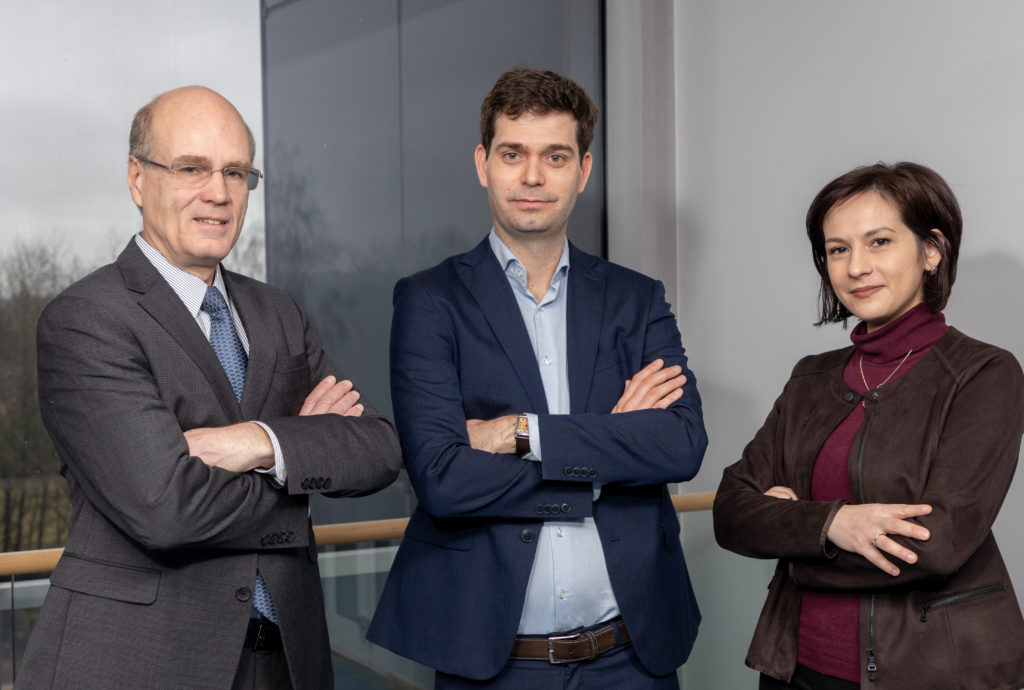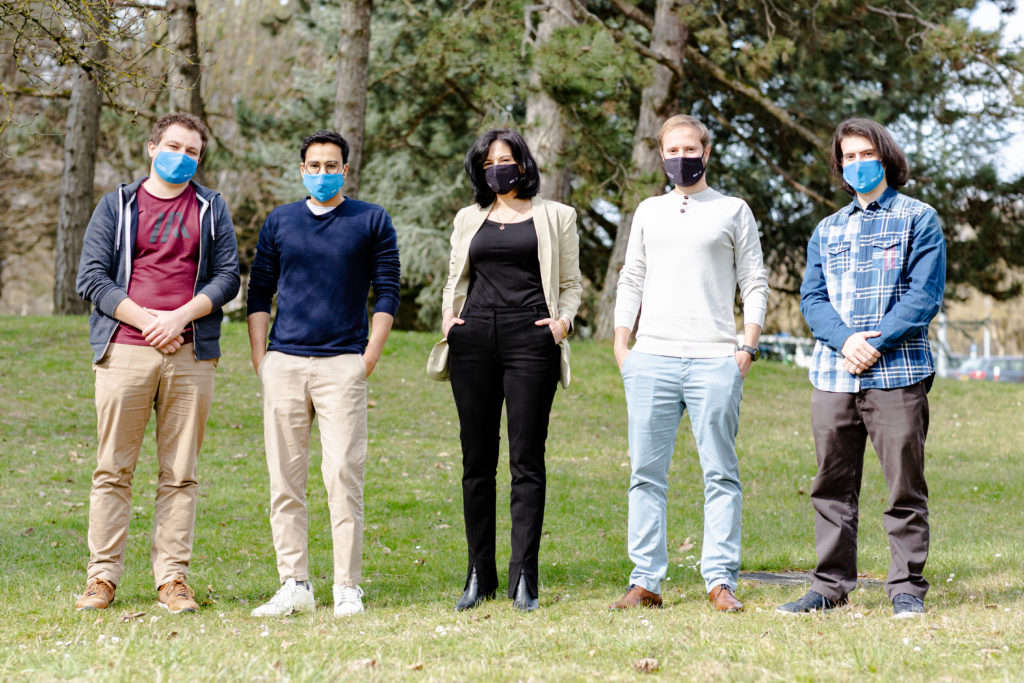38,000 kilometres above Earth — beyond the Hubble telescope, the International Space Station, and even the farthest-flung geostationary satellites — is a graveyard. Littered with over 3000 defunct satellites, this is where geostationary satellites come to die.These retired behemoths invested their final three months of operational fuel into reaching this orbit, just 300 kilometers above the geostationary ring. They will remain here for potentially millions of years, silently circling our great-great-grandchildren’s world — the loneliest trash in the solar system.

Satellites, like all hardware, inevitably break down. They run out of fuel, experience a malfunction, or become obsolete. After millions — or billions — invested, even relatively minor malfunctions can render entire satellites inoperational, forcing their owners to make difficult choices (if, indeed, any options remain) about how and where to abandon their suddenly worthless hardware. But these tough choices might soon be obsolete. That’s thanks, in part, to SnT’s Computer Vision, Imaging & Machine Intelligence (CVI2) research group who have partnered with space-industry start-up Lift Me Off (LMO) to develop computer-vision technology that could help enable automated satellite repair missions.
“This is a very new field and there is a lot of work to be done to grow the role of computer vision in the space sector.”
Prof. Djamila Aouada, SnT Tweet
“We envision a future where we can offer satellite operators an alternative to early retirement when things go wrong,” says LMO CEO Michel Poucet. “We want our spacecraft to be able to execute in-orbit satellite repairs and other services, like re-fueling or re-orbiting.” The ability to repair and resuscitate dying satellites would be an important, and likely disruptive, change to an industry that has until now regularly accepted the loss of their very expensive devices.
A future where satellites can be repaired is one where satellite missions can become more flexible. With the introduction of standardised parts, satellites could even be constructed or re-configured in orbit. This could expand the realm of the feasible — enabling new applications for satellite technology and innovative new-space business models to bring the industry into the next century.
But to get there, the robots that conduct the repairs need to be able to see. Astronauts, like those on the Challenger spacecrafts in the 1980s, used to occasionally conduct in-person satellite repairs. Today, our eyes in the sky are limited to sensors — this is where computer vision expert Prof. Djamila Aouada and her team come in.

“We envision a future where we can offer satellite operators an alternative to early retirement when things go wrong.”
Michel Poucet, CEO LMO Tweet
“This is a very new field and there is a lot of work to be done to grow the role of computer vision in the space sector,” says Aouada, principal investigator on the project. “Our work is typically applied to security solutions on the ground, so bringing our research into space will give us many new research opportunities,” she adds. Computer vision technologies will allow space-servicing vehicles not just to see the satellites they work on, but also to make sense of that visual data. At the end of the day, the goal is for these vehicles to be able to independently — and automatically — assess the state of a satellite and perform any repairs or maintenance. Through this research collaboration, Prof. Aouada and her team will develop the foundational technology, and LMO will put this exciting new capability in the hands of spacecraft manufacturers.

“SnT plays a key role in supporting the space ecosystem of Luxembourg and attracting new space start-ups like Lift Me Off,” said Georges Schmit, member of the Luxembourg Government’s Space Resources Advisory Board. “It has a long history of collaborating with the space sector but also looks at challenges beyond that, making SnT uniquely positioned to develop innovative solutions for this industry.”